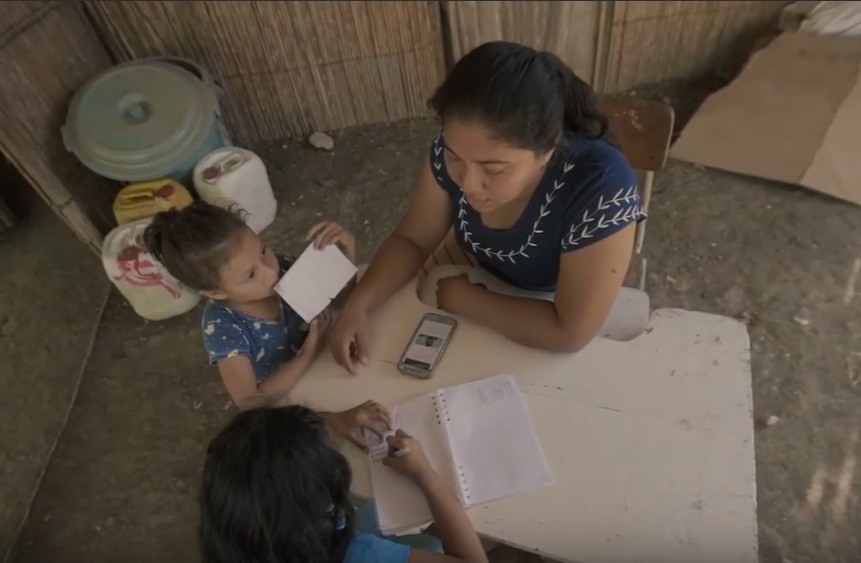The use of fintech has been growing steadily over the last few years in Latin America and is expected to exceed 380 million users by 2025. This growth has boosted bancarization in the population and driven a modernization of financial solutions for its audience.
However, despite the digital advances as a result of the pandemic, banks still have much to improve to provide the optimal customer service necessary to perpetuate digital adaptation in the region. One of the aspects to improve urgently are the digital communication channels between traditional financial institutions and their users, thus eliminating the need to go to branches or call contact centers.
Mitto, a Swiss company and global leader in omnichannel communications with presence in Latin America, has conducted a study with more than 1,000 respondents from Argentina, Chile, Peru and Colombia to analyze the consumer behavior of Latin Americans when using financial services in the region.
Among the most important findings of this study are:
Fintechs have gained momentum in the region
The average number of people using a neobank in the region is 29%, while the global average is 27%. The Latin American clientele is set to look for modern and convenient solutions in the coming years. The evolution of more digital solutions, both in communications with traditional financial institutions and fintechs, has transformed Latin America and little by little its users prefer them over other methods, such as phone calls or visiting branches in person.
For example, 46% of the respondents also expressed that they are more driven to make an online purchase if the site is integrated with third-party payment platforms, such as PayPal, Apple Pay and QR.
On the other hand, the study shows that in Latin America, users’ poor experience with their banks is attributed to a lack of good customer service. Latinos expressed that quick responses were the most important factor in having a good overall experience. This, for example, can be easily solved by implementing digital channels through omnichannel solutions.
Online payments are becoming gradually popular and secure
By the end of 2022, the majority of online payments in Latin America will be made with credit cards, and the second method will be digital wallets. While in Brazil and Chile the first option predominates, in Mexico the difference between the two is only 7 points, favoring cards. In Colombia, on the other hand, digital wallets outnumber cards by four points.
A recent LexisNexis study shows that there has been a significant 37% increase in online scams and electronic payment fraud in recent months; and this is confirmed by survey respondents stating that they were scammed or victims of an attempted scam in this same time period.
There is a lot of room for improvement, yes, but we are on the right track. As online payment alternatives become more popular, it is important to emphasize and work on the security requirements involved in these processes. Omnichannel solutions help make these payment alternatives more secure with two-factor authentication.
Thirty-one percent of Latino respondents prefer this authentication to be done via SMS, and when making very large purchases, and 91.7% would like to have their identity confirmed via SMS before making the transaction, the study reveals.The speed of these authentication services is imperative, and users are expressing it as 63% of respondents say they expect authentication notification to reach them immediately.
When it comes to online shopping, 35.5% of Latin Americans are still reluctant to use linked payments. Despite this, those who use these methods emphasize that they are fast, secure and easy to use. And thanks to omnichannel communications, 35.8% of respondents receive these links via WhatsApp or other chat application of choice, and another 35.8% via SMS, streamlining these processes even more.
The importance of omnichannel communications to strengthen bank-user relationships
Thanks to the results of this survey, traditional banks and modern financial services can evidence the preferences of their public and their favorable opinion about omnichannel communications alternatives, this will not only give them a competitive advantage, but will boost the collective autonomy that we develop towards our banks. Still, they have a very big challenge to help the population become bankable and build trust around their services.
In this survey, 39% of respondents answered that they do not join the banking system or open new accounts because opening and maintaining them is too much hassle, while 30% do not trust banks. This means that there is room for improvement, especially in transmitting trust and security to users and potential customers.
What would change their minds about opening a bank account? 39% percent would open one if the bank offered easy assistance via SMS or WhatsApp, this confirms that offering a variety of communication channels is increasingly a customer-friendly alternative for banks.
Similarly, not offering intuitive and fast digital communications has proven to be a detractor for banks. While 60% still prefer to go in person to their bank, 39% would rather have to speak in public than make one of these visits. This is ultimately a situation that can be mitigated by modernizing communication channels.
This region is evolving and its people have begun to implement digital solutions in every step of their lives, accompanying them and offering them quick and easy-to-use solutions is the best way to get them to acquire your services. It’s undeniable that fintechs are emerging to revolutionize financial interactions, and have been welcomed by users, highlighting the importance of digitization in these times.
Disclaimer: This article features a client of an Espacio portfolio company.











